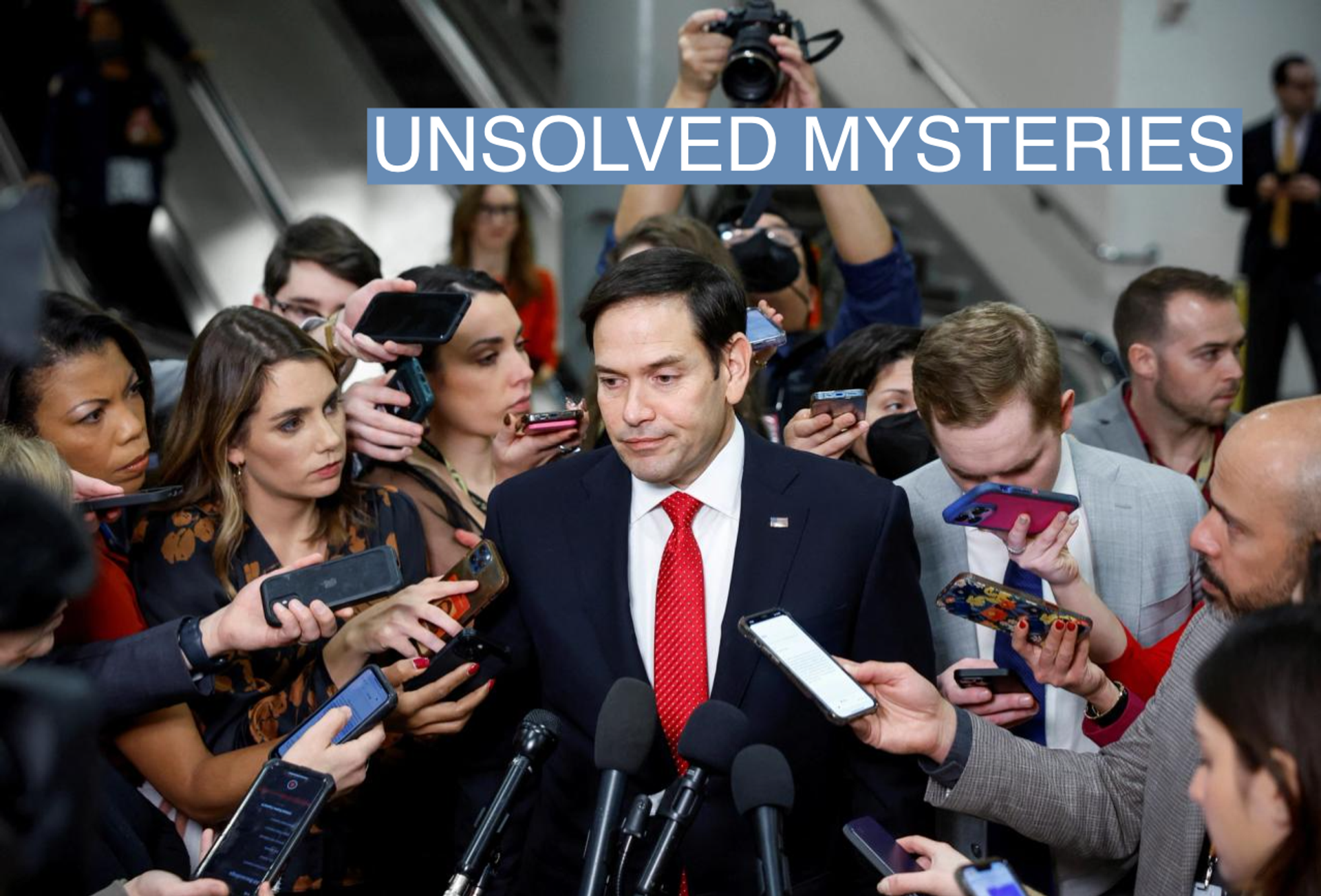The News

The recent takedowns of flying objects over remote areas in Alaska, Canada, and Michigan, as well as a Chinese surveillance balloon near South Carolina, have policymakers alarmed. But they’re still not quite sure what to do about it — or what “it” even is.
“There’s a bunch of junk up there, so you’ve got to figure out what’s a threat, what’s not,” Sen. Lindsey Graham, R-S.C. told reporters following a classified briefing on the objects Tuesday.
In this article:
Morgan’s view
It’s not like Congress hasn’t been trying. While this week’s events focused attention on the issue, Washington has been actively working to get a handle on its UFO problem for years.
In 2021, a bipartisan group of lawmakers created a new office to investigate Unidentified Aerial Phenomena (UAPs), their more modern name, citing the challenge they pose to U.S. national security. By late last year, the All-Domain Anomaly Resolution Office — or AARO, pronounced “arrow” — was probing more than 500 sightings, according to an unclassified intelligence report.
Florida Sen. Marco Rubio, who helped create AARO, noted that the Pentagon typically does not choose to shoot unidentified objects down. “What bothers me the most is everyone is acting like this is the first time we’ve ever seen these things,” the Republican lawmaker told reporters. “No it isn’t. Hundreds and hundreds of cases reported by military personnel, we’ve been talking about it for years.”
But amid heightened concerns due to the Chinese surveillance balloon, the military has been opening fire. The Defense Department has said part of the reason it detected the objects in the first place was that officials had been more closely scrutinizing U.S. airspace after the spy balloon drama.
Senators leaving Tuesday’s briefing had few answers (at least that they were willing to divulge) about what the objects were or who was controlling them, though they reiterated the administration’s assessment that they were not aliens. The White House said that the intelligence community is exploring the possibility the objects were “benign” and tied to commercial or research endeavors, and that there’s no evidence the objects were tied to China’s surveillance program.
“They’re not at a stage where they’re going to categorically identify them,” Sen. Thom Tillis, R-N.C told reporters. “There are balloons, blimps, a number of other things. It’s not from outer space.”
It’s too early to say whether the takedowns reflected a new policy, though Sen. Bob Menendez, D-N.J. predicted it would be a “new normal until we identify exactly what these entities are, where they come from, what their purposes are.” In other words, do they come in peace?
Presumably, the U.S. military can’t keep firing every object it doesn’t recognize out of the sky, both for safety and for cost reasons. Joint Chiefs of Staff Chairman Gen. Mark Milley acknowledged that the first missile fired at the object over Lake Heron missed on Sunday and landed in the water.
National Security Adviser Jake Sullivan is convening a team across agencies to study the “broader policy implications” of dealing with flying objects that pose risks to safety or U.S. national security. But some like Rubio think that might be duplicative.
“It begins by using this process that Congress created for them and so far it appears they’re not using that,” he told reporters.
A White House National Security Council spokeswoman refuted Rubio’s suggestion that the powers of the new All-Domain Anomaly Resolution Office weren’t being harnessed, saying that the office has been involved in the response.
Still, Sen. Kirsten Gillibrand, D-N.Y. said Tuesday that the office had been underfunded by accident, and that lawmakers were working to correct it.
Senate Intelligence Committee Chairman Mark Warner, D-Va., who noted that for years there have been sightings of flying objects off the coast of Virginia, said there needs to be a more “formal” process for civilian and commercial operators of balloons or other flying objects to notify the government about their activities.
“My hope would be that we are much more aggressive about trying to make sure that objects that are up there for legitimate, scientific, weather or other purposes, that there is a much better notification process with authorities,” he told reporters. “That seems to me to be a bit of a gap.”
The View From Taiwan
A senior Taiwanese official recently told the Financial Times that Chinese military balloons fly “very frequently” in Taiwan’s airspace. Beijing claims the island as its own territory and concerns have grown that China could try to take Taiwan by force.
The U.S. has accused China of undertaking a broader surveillance program impacting other countries that is tied to the People’s Liberation Army, and has briefed foreign governments on it.
A representative for the Taipei Economic and Cultural Representative Office in D.C. recently told Semafor that Taiwan and the U.S. maintain close contact and “continue to exchange views on interactions between the United States and China.”